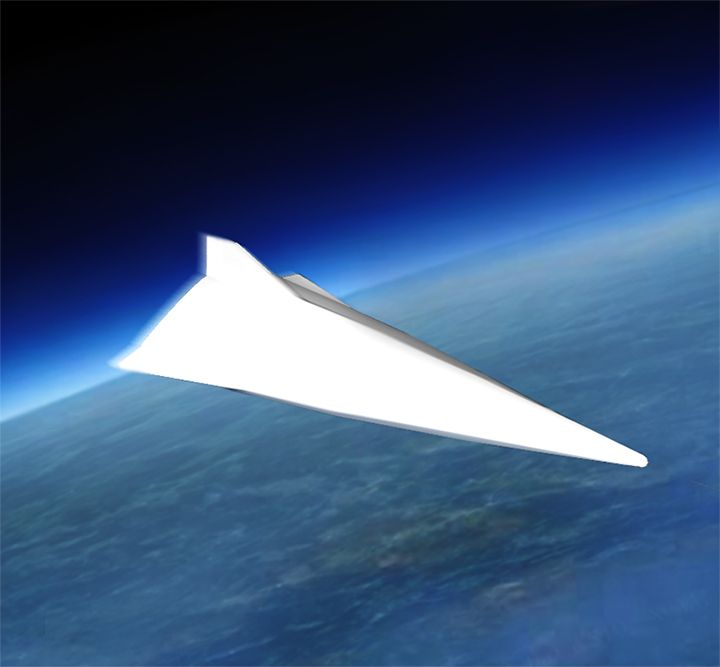
The world is in the midst of a new arms race, one designed to deliver hypersonic glider weapons — both conventional and nuclear — to one’s adversaries at lightning speed. The U.S. is leading the race at this point, but Russia and China are going to great lengths to make sure that they develop their own boost-glide technology.
Today, the U.S., Russia and China are developing a new class of hypersonic ballistic glider weapons, which within a decade, may render most of the world’s nuclear arsenals vulnerable to lightning-fast penetration and attack.
Although boost-glide [or hyperglide vehicles (HGVs)] weapons would be launched by ballistic missiles and reach hypersonic speeds of at least Mach 5 or more, they would remain maneuverable and largely untrackable after the initial boost phase of their flight. And unlike an intercontinental ballistic missile (ICBM), an HGV’s aerodynamics enables it to generate enough “lift” to potentially glide over distances approaching ten thousand kilometers. All before hitting their targets with accuracies down to a few meters.
Continue reading “Russian Hypersonic Glider Weapons Would Easily Penetrate U.S. Defenses, Says Expert” »



















